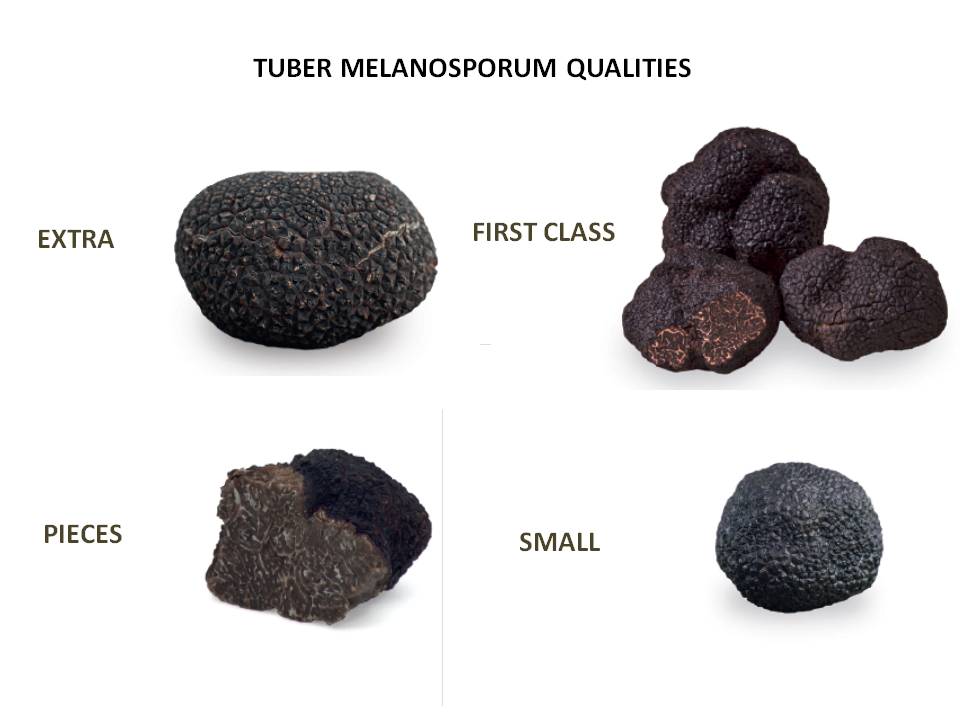The Tuber Melanosporum, commonly known as the black truffle, begins its season in mid-November and ends in late March or early April, depending on weather conditions. This article explores the point at which the truffle reaches its optimal maturity, how its price evolves throughout the season, and the factors influencing its market value.
The official black truffle season begins on November 15, but this does not mean that truffles have reached their optimal ripening point. By mid-December, truffles are significantly better than in November. The quality of the batches improves, and the percentage of mature truffles suitable for fresh market sales increases considerably.
Additionally, a new factor comes into play that causes prices to rise sharply: in France and many other countries, there is a tradition of consuming truffles during the Christmas period. This surge in demand causes the price per kilogram of truffles to spike significantly. During these two weeks, it is common to harvest truffles daily, as the supply is insufficient to meet market demand.
The End of the Black Truffle Season
In February, the truffle reaches its optimal ripening stage, and the percentage of black truffles suitable for fresh sale becomes very high, with some batches reaching 70-80%. At this point, the price that producers receive for field batches and the price at which the truffles are sold become significantly closer.
The black truffle season typically ends in March, and no fresh black truffles will be available in Europe until the following November. The only way to obtain this product outside of the season is through imports from Southern Hemisphere countries or by consuming truffles in preserved forms.
The three factors that determine the price of black truffles.
Basically, the three factors that determine the price per kilogram of truffles are: the truffle supply, market demand, and truffle quality. By good quality, we mean the percentage of truffles that can be classified as the most valued qualities in a batch. A good quality batch would be one where you can buy 10 kg, and nearly 70% can be sold fresh, with minimal dirt or waste. A low-quality truffle percentage does not mean there are no good, ripe specimens; it simply means that these are in the minority.
The season starts in mid-November, and the percentage of mature truffles suitable for fresh sale is very low. Therefore, we are talking about batches of truffles with low quality for fresh commercialization, and the value of the field product is low. However, this small percentage of mature, good truffles must be sold at a high price to compensate for all the immature truffles that are destined for industrial products.
